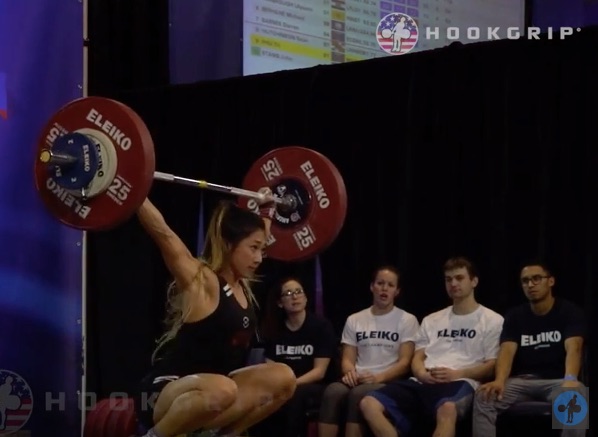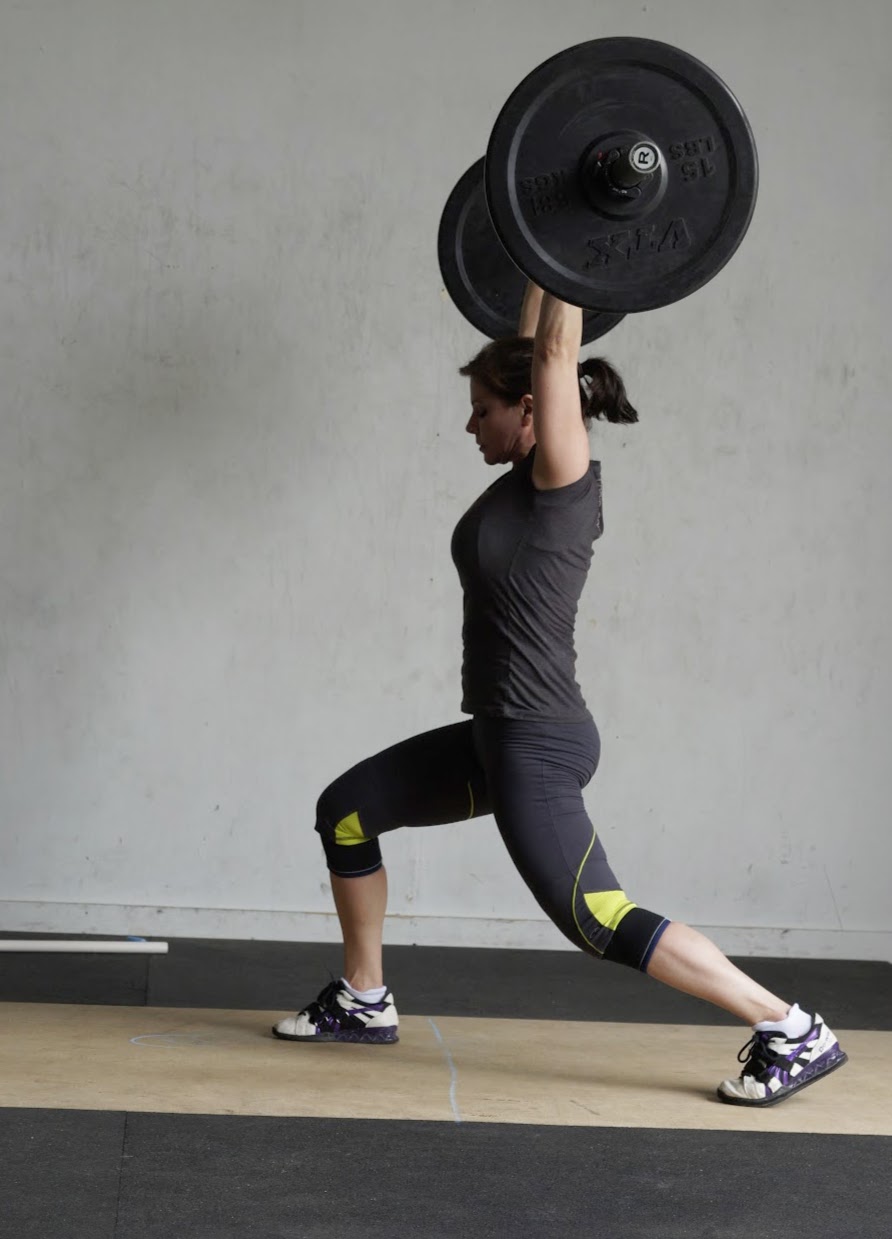As I start to teach classes to beginners in the olympic lifts, it is becoming very clear to me that different cues work differently for different people.
I’m a surgeon. When I heard somebody explain the position of the arms when locked out overhead as, “internally rotating your humerus” that resonated with me. I understood just fine.
I have said this to several other people who looked at me like I look at my husband when he tries to explain to me why my horizontal picture won’t orient correctly on this website. That is to say, slightly slack jawed and very blankly.
What seems to resonate with many people is “push your head through”. Now this I never really got. That sounds like some sort of weird turtle thing. But recently it clicked that this is the same as internal rotation of your humerus.
Right now you’re saying, no it’s not. But think about it – if with a barbell in hand overhead, you rotate your humeral head internally, that is, your rotate your armpits down and your elbows back and up…. what happens?
Your head moves forward as your scapulae (shoulder blades) retract back and you lock that bar into a solid position slightly behind the frontal plane of your face, over or even a bit behind your ears like Charis Chan is in the picture above.
Try this. With a PVC pipe held in a snatch grip overhead, try externally rotating your humerus, i.e., rotate your elbows down toward the floor and rotate your armpits forward. Then have someone push on the pvc.
Next, still holding the PVC overhead in a snatch grip, internally rotate your humerus, i.e., rotate your elbows back and your armpits down toward the floor. Have someone push on the pvc again. See how much more solid it feels in this position?
To see Russian olympic gold medalist Alexsey Torokhtiy display this principle amazingly clearly, go watch this video posted by Diane Fu to her Instagram account. You’ll never do Sots presses the same way again, I guarantee it!
So this is what putting your head through really means- getting the bar in a secure position with the humerus internal rotated, scapulae back and traps shrugged. But I still think it makes you look like a turtle.

